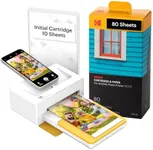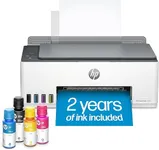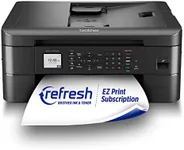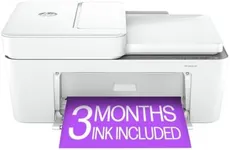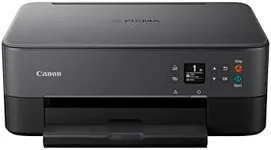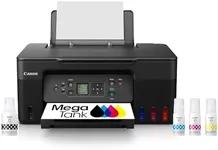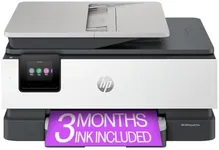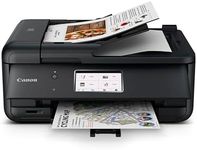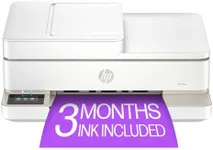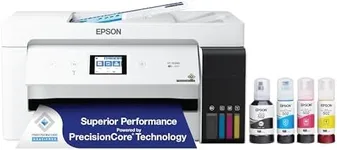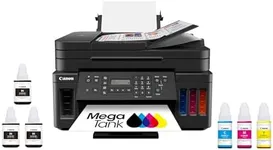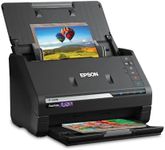Buying Guide for the Best Photo Printer Scanners
When choosing a photo printer scanner, it's important to consider your specific needs and how you plan to use the device. Whether you're a professional photographer, a hobbyist, or someone who just wants to print and scan family photos, there are several key specifications to keep in mind. Understanding these specs will help you make an informed decision and ensure you get a product that meets your requirements.Print ResolutionPrint resolution is measured in dots per inch (DPI) and indicates the level of detail a printer can produce. Higher DPI values mean better print quality, which is crucial for photo printing. For professional-quality photos, look for a printer with at least 1200 DPI. For casual use, 600 DPI may be sufficient. Consider what level of detail you need in your prints to choose the right resolution.
Scan ResolutionScan resolution, also measured in DPI, determines the detail and clarity of scanned images. Higher DPI values are important if you plan to enlarge photos or need high-quality digital copies. For professional use, aim for a scanner with at least 1200 DPI. For general use, 600 DPI should be adequate. Think about how you will use the scanned images to decide on the appropriate resolution.
Color AccuracyColor accuracy refers to how well a printer can reproduce the colors in your photos. This is particularly important for photographers and artists who need true-to-life colors. Look for printers with advanced color management features and those that use multiple ink cartridges to achieve a wider color gamut. If color precision is less critical for you, a standard color printer may suffice.
Print SpeedPrint speed is measured in pages per minute (PPM) and indicates how quickly a printer can produce prints. Faster print speeds are beneficial if you need to print large volumes of photos quickly. However, higher speeds can sometimes compromise print quality. For occasional printing, speed may not be as crucial, but for frequent use, consider a printer with a good balance of speed and quality.
Connectivity OptionsConnectivity options determine how you can connect your printer scanner to other devices. Common options include USB, Wi-Fi, and Bluetooth. Wi-Fi and Bluetooth allow for wireless printing and scanning, which can be more convenient. If you plan to print directly from your smartphone or tablet, look for models with mobile printing capabilities. Choose the connectivity options that best fit your workflow and device ecosystem.
Media HandlingMedia handling refers to the types and sizes of paper a printer can accommodate. If you plan to print on various media types, such as glossy photo paper, cardstock, or different sizes, ensure the printer supports them. Some printers also have multiple paper trays for different media. Consider what types of media you will use most frequently to choose a printer that can handle them efficiently.
Software and CompatibilityThe software and compatibility of a printer scanner can affect its ease of use and functionality. Look for models that come with user-friendly software for editing and managing your prints and scans. Ensure the device is compatible with your operating system and any photo editing software you use. Compatibility with cloud services can also be a plus for easy storage and sharing of your photos.
Size and DesignThe size and design of a photo printer scanner can impact where you can place it and how it fits into your workspace. Compact models are ideal for small spaces, while larger models may offer more features and better performance. Consider the available space in your home or office and choose a design that complements your environment and meets your functional needs.
